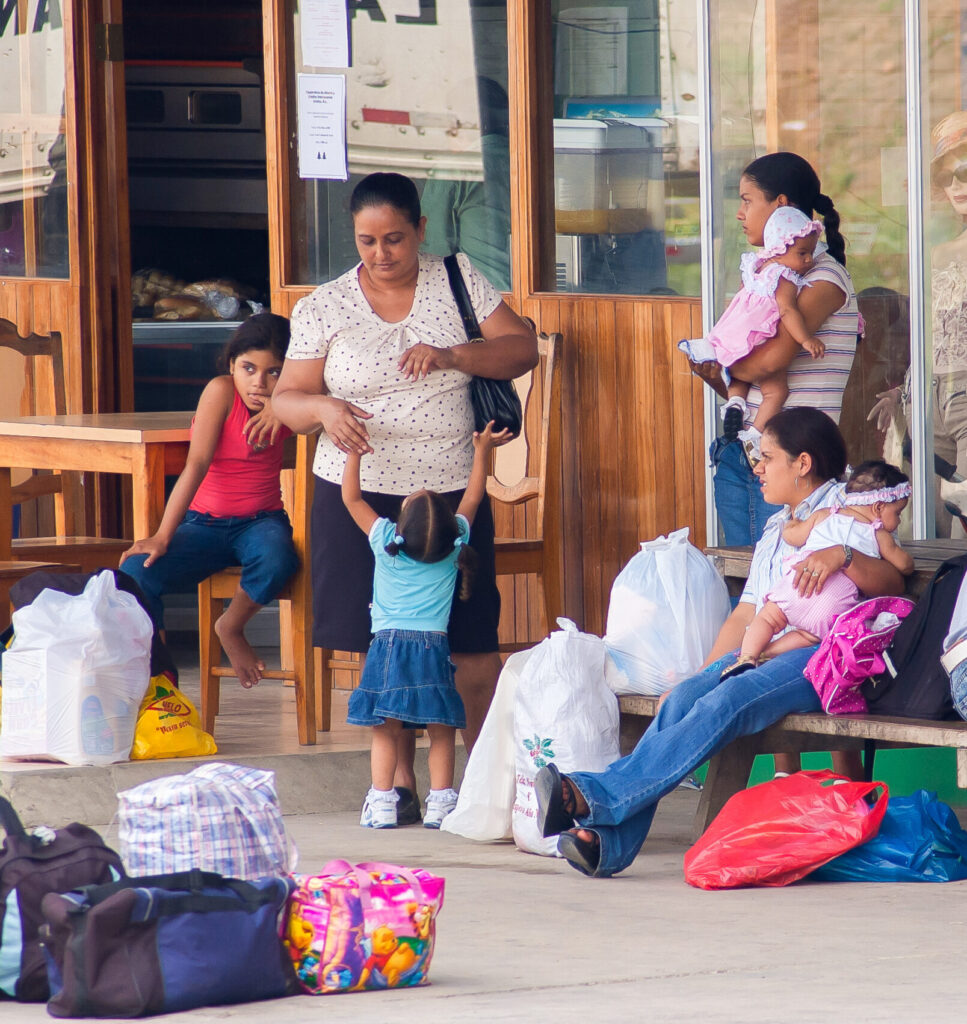
Perhaps more than ever, 2020 provided us an opportunity to reflect on that for which we are thankful. One thing we’re thankful for at CFI is our blog, a place where CFI and our community of contributors share their unique perspectives and calls to action for inclusive finance. The 76 posts of 2020 offer incredible insights into a wide range of themes and projects across many geographies.
Not surprisingly, since late March, nearly every CFI post has covered or mentioned COVID-19 in some form or fashion. But the top 10 posts (by unique page views) also dove into topics such as data and consumer protection — pillars of CFI’s new strategy — over-indebtedness in Kenya, internal migration, women’s financial inclusion (another key, cross-cutting CFI strategic focus area), a deep dive into resilience, and even how comics were used to spread COVID-19 awareness.
Happy reading, and happy new year!
1. Pandemics and Natural Disasters: What Can We Learn from Past Disasters to Help with Today’s Pandemic?
Two weeks after the WHO declared the COVID-19 outbreak a pandemic, Managing Director Mayada El-Zoghbi wrote about how this crisis compares to previous ones: namely, the Indonesian tsunami of 2004 and the Pakistan earthquake of 2013. She pointed out that households experience shocks similarly, regardless of the cause, and that the systemic nature of the shocks means that the firms and FSPs that serve them need to measure and implement the right responses to meet the challenge. She also predicted that the pandemic would be a “tipping point” for platform financial service provision.
2. What Is the Future of Microfinance? Q and A with Paul DiLeo
This year was a tipping point for microfinance, too, noted Paul DiLeo in this interview with CFI. DiLeo is the Managing Director of Grassroots Capital Management and a veteran faculty member of CFI board governance training. He is also coeditor of a recently published volume, “The Future of Microfinance.” DiLeo suggested that investors in this space resist the temptation to move on to the next “bright, shiny object” in financial inclusion and continue to support microfinance to preserve social missions and benefit target populations.
3. Resilience and the Three Phases of Response
In May, BRAC’s microfinance director Shameran Abed and Laurie J. Spengler, the CEO of Courageous Capital Advisors, wrote that resilience is the “connective tissue” between the three phases of response: relief, recovery and rebuild. The authors advocate for assessing resilience through two lenses, opportunity and risk, and point out that the pandemic is an opportunity to invest in resilience because “recurring dividends will be realized by all.”
4. Data Globalization vs. Data Localization
Before the pandemic hit, CFI’s Ethan Loufield and Credit Suisse’s Shweta Vashisht wrote about how the flow of data across borders is a contentious issue countries encounter when developing data protection laws and regulations. They present arguments for data localization, but ultimately conclude that data can, and should, be allowed to flow across borders with the right frameworks in place.
5. Data Consent: Let’s Share the Burden for Effective Consumer Protection
Also part of the Data Protection and Financial Inclusion: Why It Matters series, this post argues that it’s futile for small tech to keep up with high-standard consent practices, and that the path from data consent principles to implementation is, for low-capacity environments, “littered with landmines.” Vashisht and Loufield conclude that successful solutions need to be shouldered by both consumers and providers.
6. Q and A: Using Comics for COVID-19 Awareness
Graham A.N. Wright, founder of MSC, sat down with CFI to discuss a series of informative comics his team produced to get the word out about the dangers of COVID. The colorful comics, complete with protagonists warning clients about the hazards of the virus and how they can help knock it out, informed how real-life group meetings and staff visits have been conducted.
7. Support for India’s Migrants During COVID-19: Navigating Potential Gaps in the System
The lockdown in India had massive impacts, perhaps for none more than internal migrant workers, who left for home villages in droves when work dried up. This post warned that system-wide social payments challenges boded poorly for these vulnerable workers due to, among other reasons, ATM access constraints and domicile restrictions of state governments. The post was authored by Shashank Shreedharan and Jithin Jose of LEAD.
8. It’s Time to Protect Kenyans from a Digital Lending Laboratory
CFI’s Alex Kessler warns readers that the breakneck growth in mobile lending and aggressive debt collection and debt stress have raised enormous consumer protection red flags. This article offers key statistics on mobile money’s exponential growth there, highlights the need for consumer protection-oriented algorithms, and suggests calls to action for regulators.
9. Reimagining Inclusive Finance With Women In Mind
In this Financial Inclusion Week post, we meet Carla, a fictitious — but very realistic — mother of three young children living in a village in Tanzania. Carla’s story is like that of millions of poor women in the Global South who are excluded from financial products that weren’t designed for them. CFI gender lead Julia Arnold asks our community if we are listening to women enough, and implores our sector to design and deliver financial products and services with the Carlas of the world in mind. She also provides early thinking around CFI’s gender work in 2021 and beyond.
10. Can Financial Inclusion Moderate Impacts of Coronavirus?
It’s fitting that we round out the 2020 list with our very first COVID response post, written by research lead Eric Noggle and published on March 20. While alarm bells in the media had sounded long before, this was one of the early posts in the inclusive finance space that offered a clear call to action for this “major stress test,” namely, getting as much money as possible into the hands of those who need it most — and doing so as quickly as possible. How did governments of the world do? Read our December policy brief for examples of many governments that innovated quickly to get social payments into the literal and digital hands of citizens.










